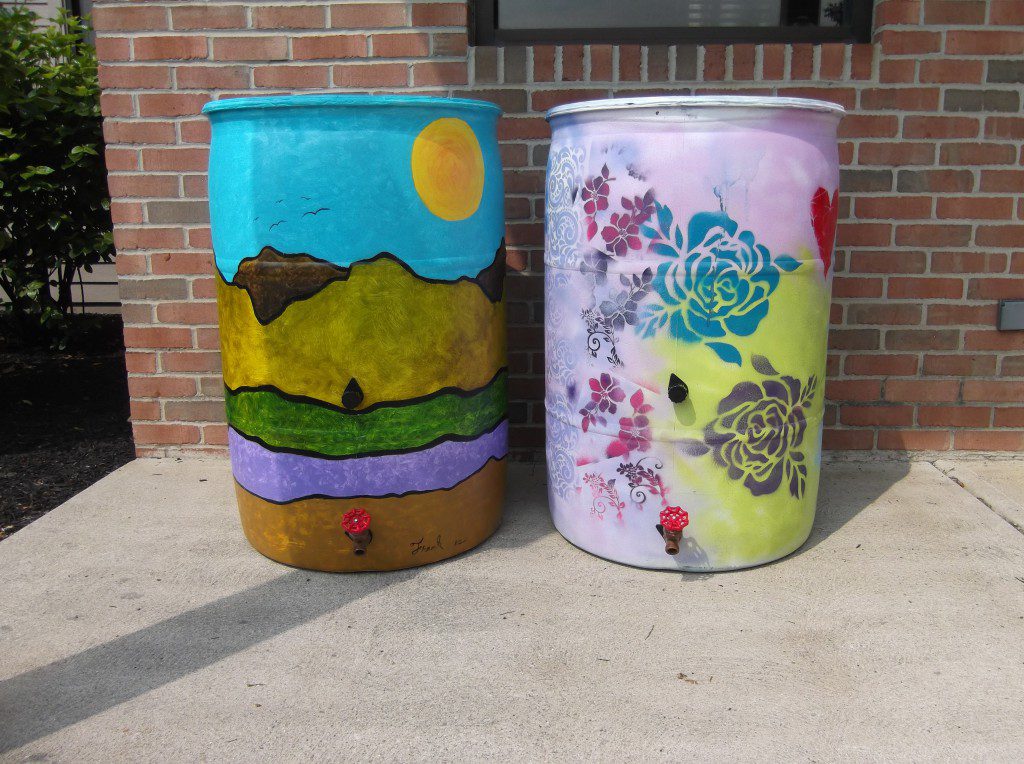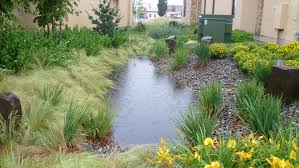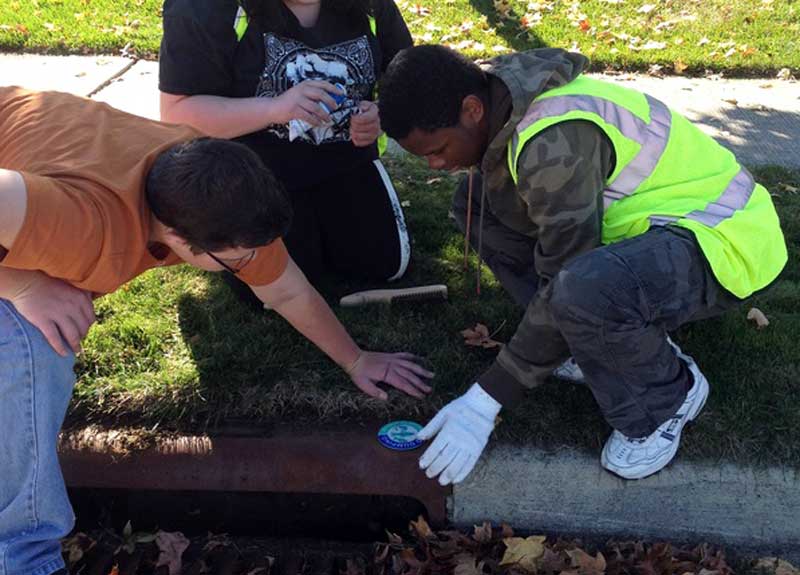The Delaware SWCD educates and assists homeowners, community organizations, and local governments on the benefits of backyard conservation practices.
These common practices are used as solutions to stormwater quantity and quality problems. Common backyard conservation practices include rain barrels, rain gardens, native plantings, mulching, drip irrigation, pervious surfaces, dry streambeds, reduction of fertilizer and pesticide use, composting, and green (living) roofs.
Additionally, we rent out a no-till grain drill and a no-till warm-season grass drill to landowners who wish to improve their lands. These tools help prevent erosion, conserve soil, and create wildlife habitat. Click here to learn more about drill rentals.
Stormwater Runoff
Runoff from rainwater and snowmelt generally enters storm drains on the streets, carrying pollutants from lawn fertilizers, pesticides, and vehicle fluids directly to our creeks, streams, and rivers. These pollutants are not filtered out through our stormwater systems before flowing to our creeks and drinking water reservoirs. With the number of impervious surfaces (roads, rooftops, driveways, sidewalks, and parking lots) increasing, our stormwater has no way to be slowed, causing serious property damage and flooding. Backyard conservation practices can help with water conservation, water quality, water quantity, and backyard habitats.
Rain Barrels
Rain barrels can be a cost-effective way to manage and reuse your stormwater. Rain barrels attach to your downspout or rain chain to capture rainwater runoff. Use the water captured to water plants, wash cars, or rinse off gardening items. Read our Rain Barrel Brochure for more information.

Rain Gardens
A rain garden consists of a bowl-like depression, planted with deep-rooted native plants, that is designed to allow rainwater to soak naturally into the ground, rather than running off the land as sheet flow and entering a storm drain unfiltered. Rain gardens bloom with color and filter pollutants. This Rain Garden Manual is the perfect recipe for creating one on your property.

